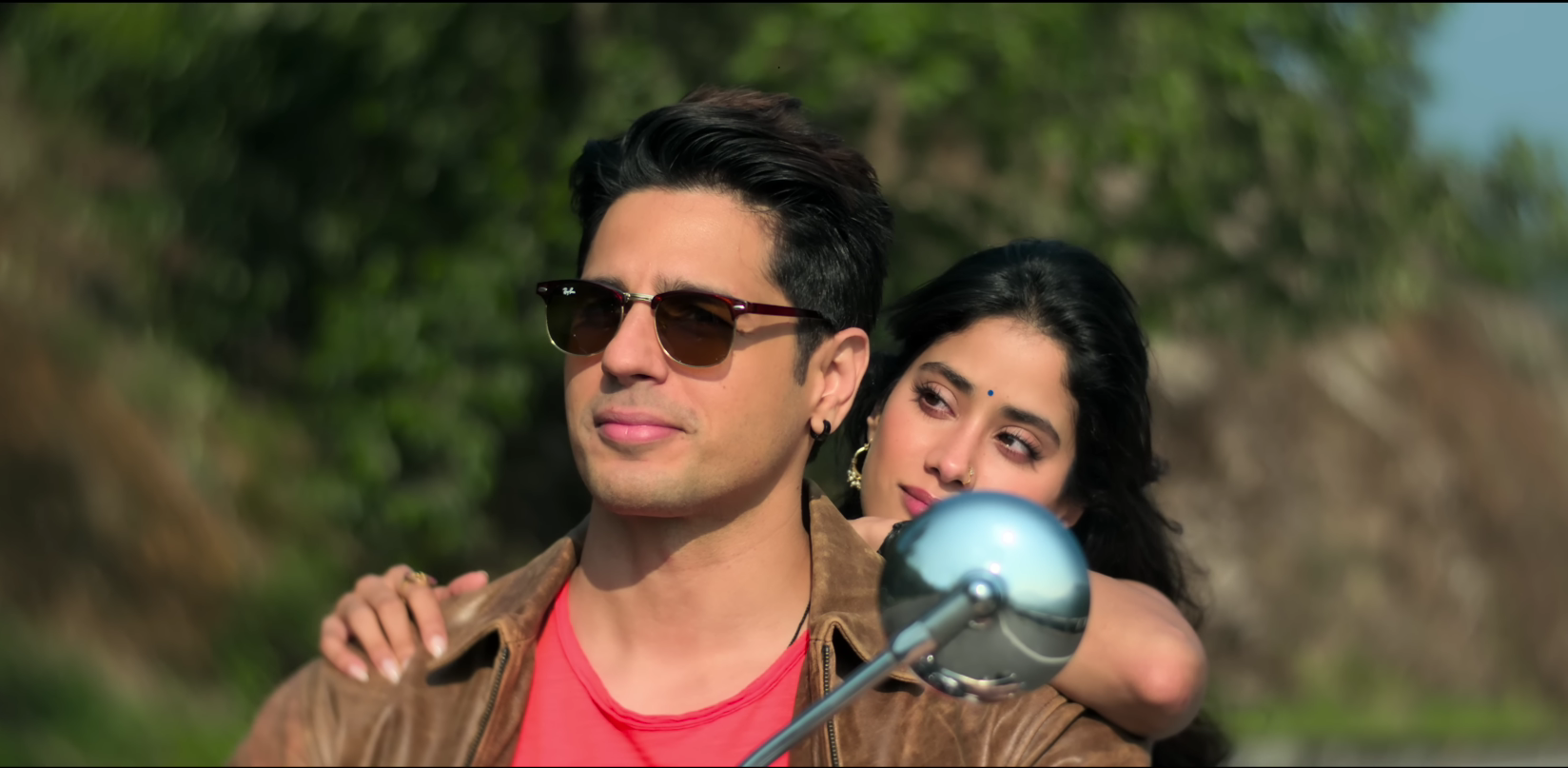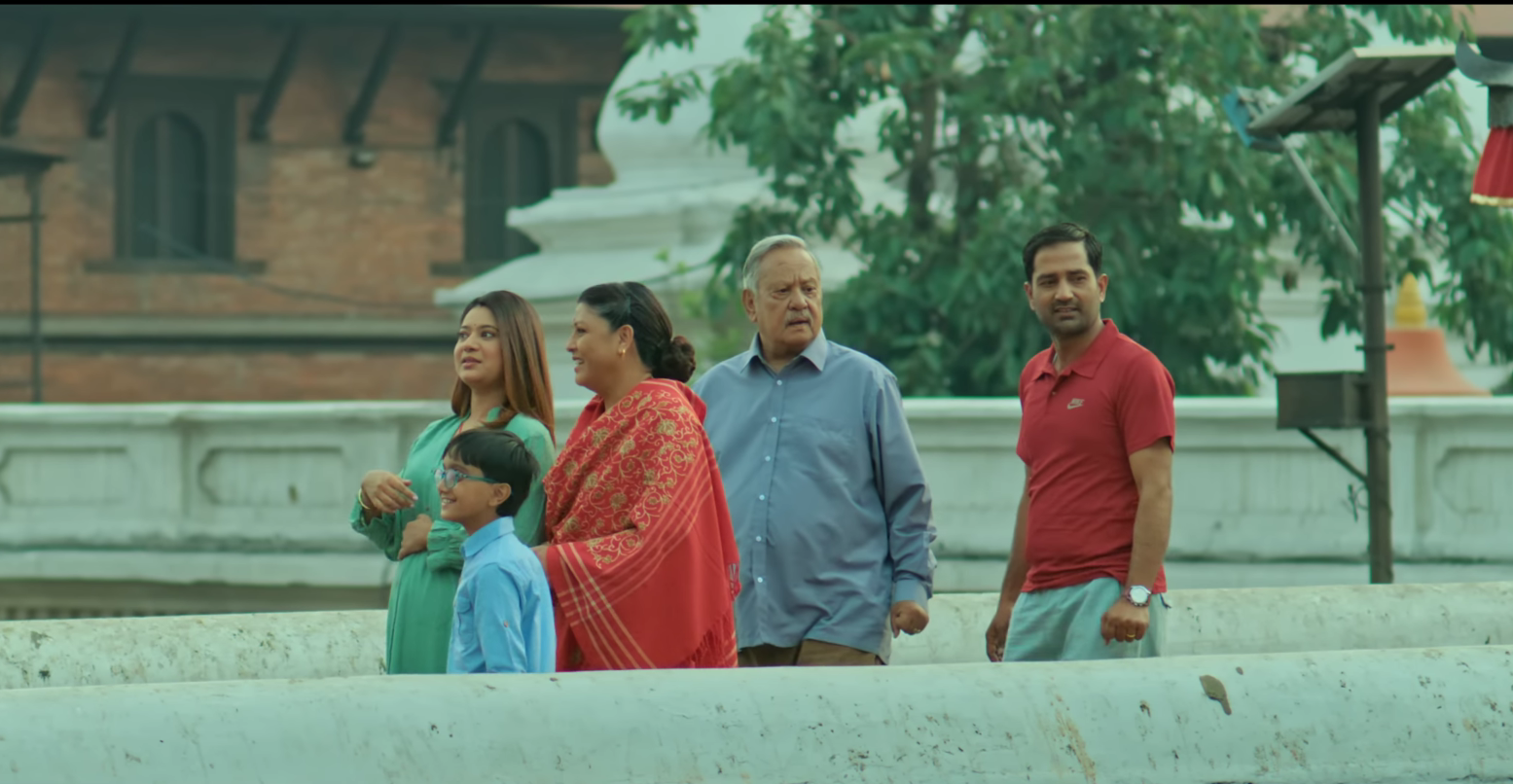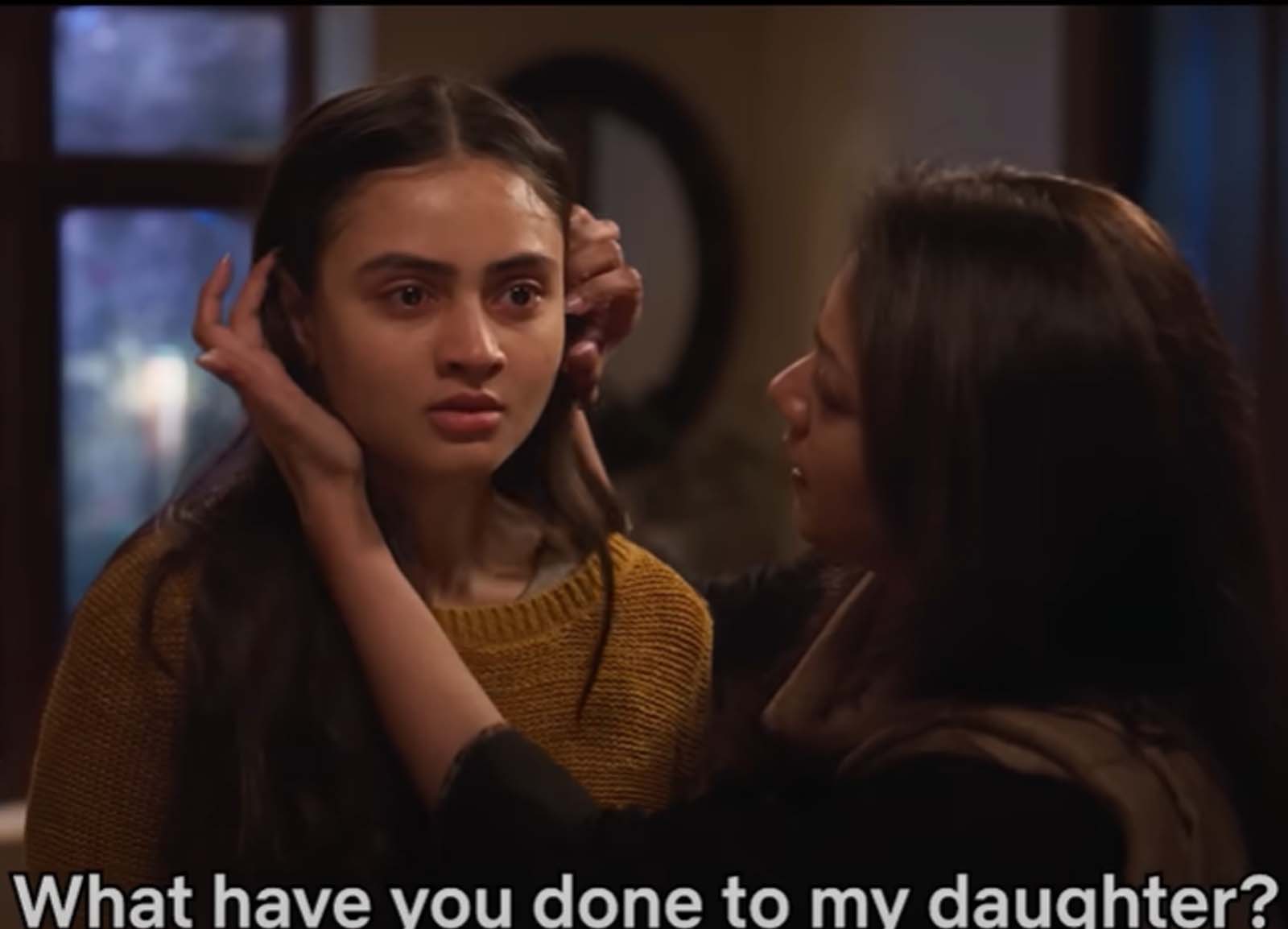Movies
Foreign filmmakers sell Nepal as a paradise of ‘sob stories’—and Nepali filmmakers follow
The portrayal of Nepalis as poor, hungry, Mount Everest-climbing, uneducated people is not a result of what the people chose to share with the world but because that’s what filmmakers decided was worth telling.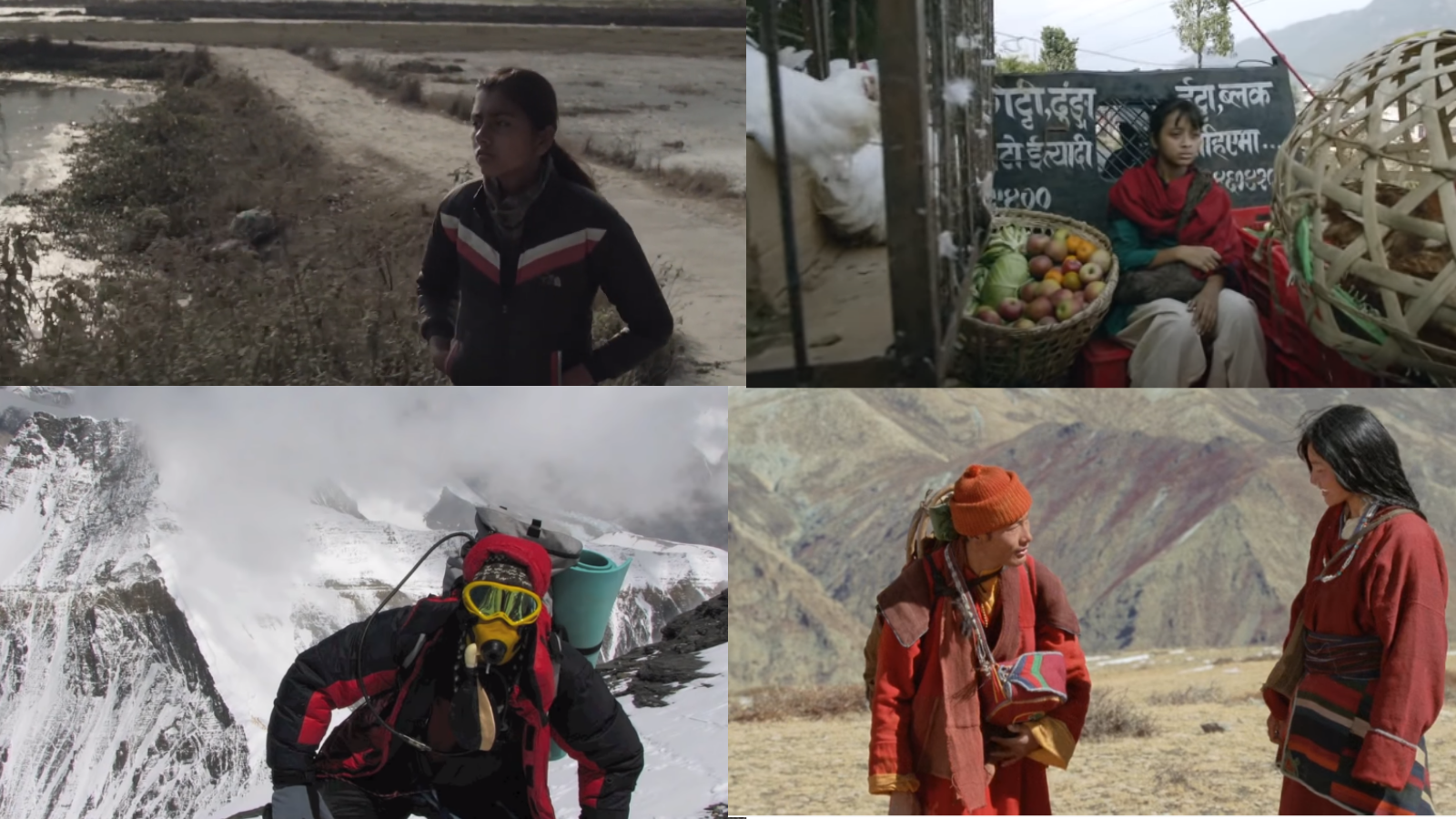
Abhimanyu Dixit
(Editor’s note: Spoiler alert for short film Ashmina.)
Films are cultural snapshots of their time. Take any film, look closely, and you will find contemporary values, beliefs, and anxieties prevalent in that particular society staring right at you. And this choice of picking aspects to highlight or hide lies entirely with the filmmaker.
“Watch commercial Nepali films from the 90s, and you’ll know exactly what city-dwelling filmmakers thought of village folks,” says filmmaker Deepak Rauniyar. “A lot of Nepali films from that era [90s-early 2000s] have a village-meets-city narrative. The makers chose to depict the people from villages as crude and illiterate, while in reality they’re not.”
Even in international films, questionable representation of people belonging to different regions, political backgrounds, and religions is widespread: during the Cold War (during the 70s-90s) Hollywood made villains out of European militants. After 9/11, villains were religious terrorists. In Hindi films, the villains are almost always the shemagh (checkered scarves)-wearing neighbours.
But for filmmakers to repeat such stereotypes is dangerous, as films contribute to shaping the identity of countries and cultures on a global platform.
For years now, films based on Nepal have been introduced to the world audience through foreign eyes. Foreign films in this regard are made by and for foreign audiences. And in these films, Nepal is either a land of mountains--like in Into thin Air: Death on Everest (1997), Everest (2015), The Climb (2017); or Buddha’s Birthplace, as in Little Buddha (1993) and 7 years in Tibet (1997). If not that, we’re a land of mystical and exotic powers, like in The Golden Child (1986), Caravan (1999), Doctor Strange (2016). Most often though we’re one of the poorest nations in the world that needs a white savior--as in Kathmandu Lullaby (2012), Brave Girl (2013), Highway to Dhampus (2014) or Sold (2014).
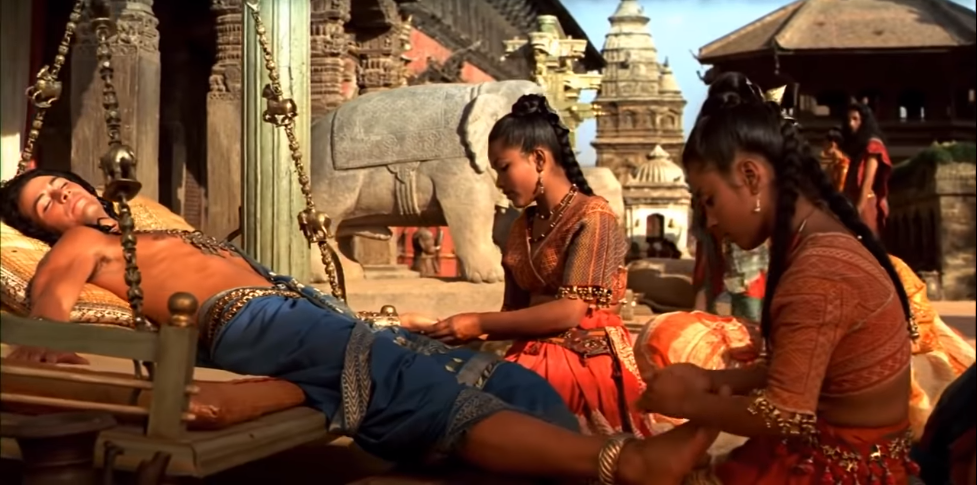
The newest addition to this list is the film Ashmina (2018). Director Derek Berenson’s logline reads:“In an impoverished country, rife with contradiction, a young girl is torn by her obligation to her family and the influence of foreign visitors.” The film is a 15-minute, Nepali language fictional take of an innocent, impoverished teenager who works as a parachute packer in Pokhara. A white tourist (Fabian Gleeson) pays her 10 Euros (Rs 1,373) for her work and Ashmina (Dikshya Karki) submits all of her income to her father (Prakat Pageni). The primary breadwinner for her family, Ashmina needs permission to use her own income and needs her mother (Sadhana Bhandari) to wash her hair (which is honestly very strange). The film culminates with Ashmina turning violent and fighting for some money. She cuts the paracord and walks away.
Berenson is an Israeli filmmaker based in the UK. On the film’s website, his statement reads: “Ashmina’s story was inspired by a 2014 trip to Nepal. Following a mountain climbing expedition in the Everest region, I travelled to Pokhara to complete my training as a paragliding pilot. I was immediately captivated by the young children who were working in the landing field and instantly knew that I would one day return to Nepal to capture their story on film”.
This film has been screened at multiple film festivals around the world, and even won Best Narrative Short in Jerusalem International Film Festival and Best Short Fiction Film in the Krakow International Film Festival.

However, despite all the accolades the film has collected at prestigious festivals, it’s difficult for Nepalis to share the enthusiasm, and Nepali filmmakers agree. “There’s a tendency of privileged individuals to portray the people of other cultures as stupid,” says Rauniyar, adding, “Why would a teenager need her mother to wash her hair for her?”
Sahara Sharma, another Nepali filmmaker, says, “The maker seems to have convinced himself that poor, dirty and desperate are the defining characteristics of the Nepali people.” Sharma further clarifies, “While foreigners are soaring up in the air and in open spaces, Nepali people are confined within narrow and dark spaces.”
Now, it’s easy to dismiss these ideas as fictional and therefore harmless. But nothing in a film is ever a coincidence. Every small detail in a frame--the composition, lighting, sound, art, and acting--is there only because the director decided on it. In this case, Berenson, a white man, whose experience of Nepal is only an expedition he took, decides to narrate an emotional tale of a young Nepali girl.
In journalism, this approach is commonly referred to as ‘parachute journalism’, where someone from an entirely different beat reports on issues and places they have little idea of. This lack of knowledge leads to inaccurate and distorted news reports, much like in the context of this film, where Pokhara is reduced to a poor, gloomy, and desolate place.
Berenson’s film reinforces a falsely prevalent stereotype that Nepal’s identity is only that of a poor country; hence stories that come from here can only be about the poor, hungry, and underprivileged individuals, basically sob stories.

And this kind of representation can be problematic. That is because these films usually travel around multiple film festivals, convincing attendees to believe that these are the only stories that come from Nepal, that this is Nepal’s reality. And the damage is already done. Abinash Bikram Shah recalls meeting with foreign delegates of international film festivals, “At these labs most producers and mentors have certain expectations only because you’re from Nepal. They’re mostly looking for tropes like sacred religious rites. The Kumari worship being the most popular.”
This tendency of Westerners wanting to exoticize eastern cultures and values is nothing new. Edward Said, a literary theorist and historian of colonial narrative, was one of the first to start a conversation about the privileged culture’s ‘gaze’ at minorities. In his 1978 book Orientalism, he explains that colonialism worked not just through army or conquest or oppression, but also through anthropology and justified narratives. According to him, “The west has the tendency to paint an exotic, sensual and depraved picture.”
There’s a buzzing debate amongst the Nepali film makers with some justifying this phenomenon with: “at least a film is being made” or “they’re bringing economy to Nepal”, and “we could have never made such a technically advanced film.” But a film is more than its making. No film exists in a vacuum. It’s going to have an audience and, regardless of the size, an impact. Take Slumdog Millionaire (2009) for example. The debate around it is that the film wouldn’t have won at the Oscars if the director wasn’t white. This film presents an exotic view of a country and disregards how the film makes an ‘other’ out of Indian people. In Slumdog Millionaire, the white (colonial) people fetishize the brown population as poor and exotic, and feel better, just like in the film Ashmina.
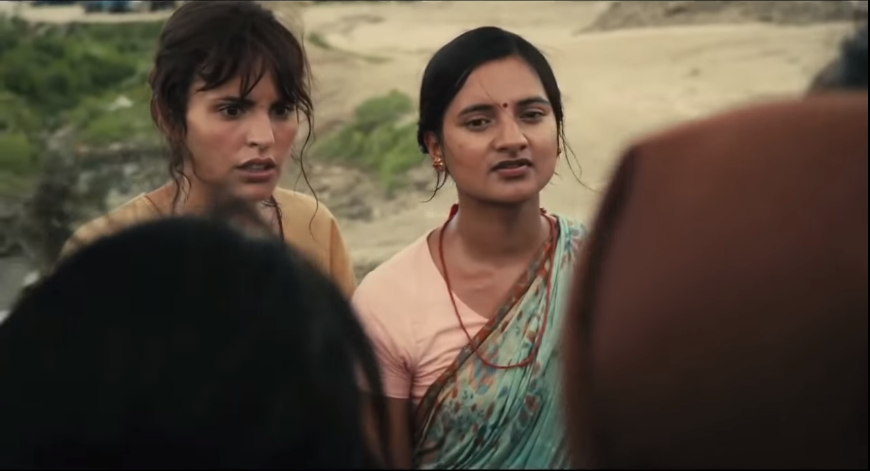
“White skinned people think they can go anywhere and have a license to tell any story they please,” says Rauniyar. However, the conversation is changing. “Today, you have to ask yourself if this is your story to tell, and if you’re the right person to tell it,” he adds.
The colonial gaze robs people of their identity. It instills a stereotype that can be difficult to break away from. Actor and producer Reecha Sharma has lived through the consequences. When she’s abroad, she’s constantly expected to justify her spoken English. “Foreigners seem to have a preconceived notion that Nepali people don’t have English language skills.” she says. “Almost every interaction with a foreigner will have me clarifying that not every Nepali is a mountaineer.”
The idea that a Nepali’s identity is limited to being poor, hungry, Mount Everest-climbing, uneducated, third world exotic oriental people is not because that’s what we chose to share with the world but because that’s what foreign film makers among others decided was worthy of telling. But that was back in the day when we did not have access to technology or filmmaking skills.
In over 50 years of Nepali cinema, we have reached a place where an average of 100 films release every year, there is a growing presence in the international film festival circuit, and filmmakers of today are equipped with technology, and most importantly, they understand the impact. Yet, even filmmakers at home are unable to change the lens and release our stories from the colonial gaze.
This trend is particularly obvious in short films. “Some filmmakers will intentionally tell sad stories because film festivals are known to prefer those,” says actor Divya Dev. “And since stories of extreme hardships and poverty seem to be the only ones making it to these festivals, new makers are conditioned into thinking those are the only stories worth telling and this is something we need to fight against,” he adds.
This discussion is not something new. Sujit Bidari, a filmmaker, recalls being questioned about emphasising poverty in his films. He believes that as long as filmmakers are honest, it’s fine to narrate poverty and hardships. Filmmaker Bikash Neupane agrees, “Most filmmakers come from these villages with hardships and that’s what they tell their stories.”
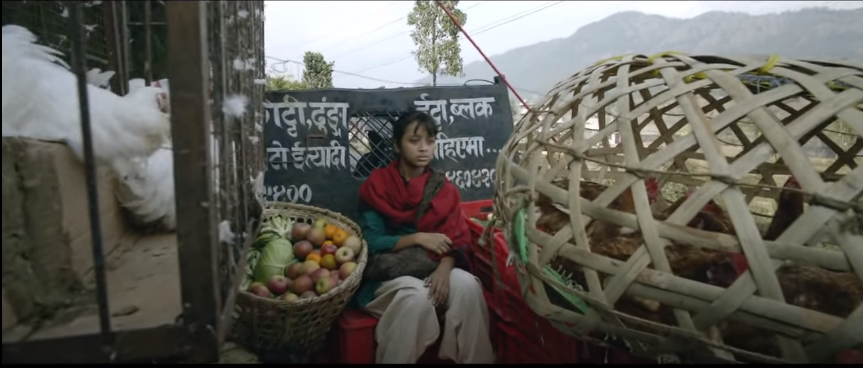
But the problem isn’t poverty--it’s when filmmakers choose to tell these stories only to satisfy the colonial gaze. “You have to think if the story is sellable in the international market because they are the only funding bodies. Unless we have a Nepali funding body, these sob stories won’t stop being featured,” says Shah.
Filmmaker Sharma agrees, “Alongside the financial motivation, your film’s selection at an international arena is extremely rewarding. While back home, the state hardly recognises the value of films or artists, these film festivals, with their awards and grants, give you a sense of recognition and validate your identity as a filmmaker and therefore it’s quite easy to succumb to their idea of Nepali films.”
And opportunities in Nepal are truly quite far and few. Most local film producers are first-time investors, only looking for returns from their investments and will only back a film that is guaranteed a cinema hall release. And in these “commercial” films, a filmmaker has to adhere to the market’s expectations of genre, which is limited to comedy, romance, heist or action. It’s rare for local investors to trust and finance an independent film.
In a welcome move, the state body for films, Film Development Board, recently announced that they’re working on a ‘Story Bank’ through which the board will invest in original content that showcases authentic Nepali art, culture, and literature. But this story bank is in its early days, and will take some time to see practical applications. Until then, we need to have more conversations around representing Nepal uniquely.
Non-fiction storytelling is actively discussing and dealing with the issue of the colonial gaze. Like fiction films, funding for documentaries are also dependent upon decision makers who helm from predominantly white cultural backgrounds. Last week, a group of documentary film makers, producers, festival programmers, and educators from South Asia met on an online session entitled #decolonizeDocs. The discussion focused on ‘real inclusivity, sensitivity towards systemic inequality within the South Asian region, and ultimately, a stronger documentary ecosystem in the region’.

“A stronger network of South Asian film professionals is the key to help us grow,” says Kshitiz Adhiraj, a film-lab organiser from Kathmandu, who participated in the session, adding, “We need to make better friends in South Asia.”
Unlike most countries in South Asia, Nepal has never been geographically colonised. Perhaps that is why we are late at recognising this narrative angle. But today, as films become more accessible all around the world, it’s time we work towards shifting the traditional colonial gaze and create a space where we’re free to tell our own stories--the way we want to.




 20.12°C Kathmandu
20.12°C Kathmandu

